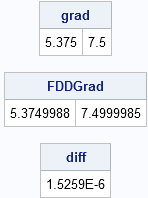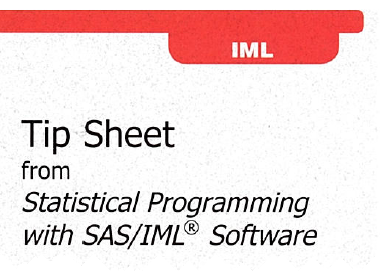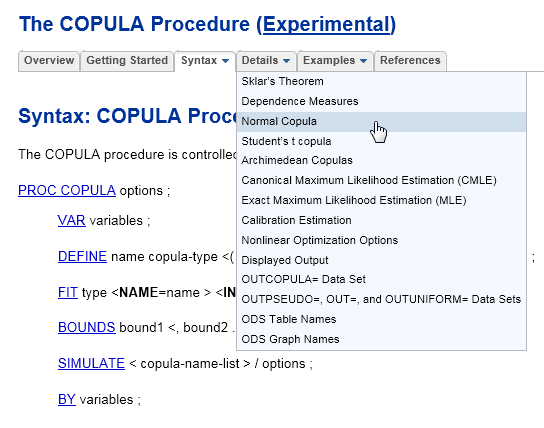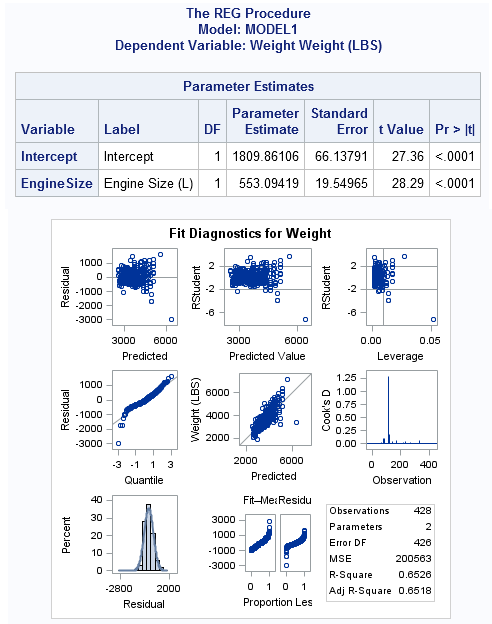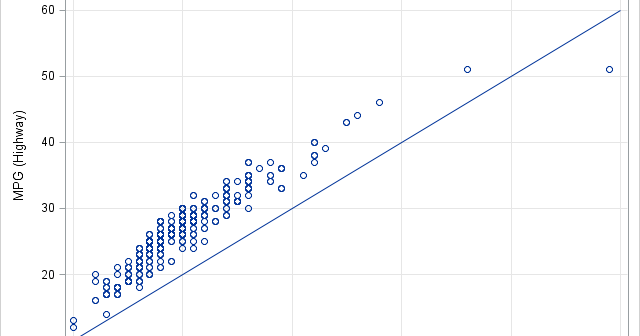
In SAS/IML 9.22 and beyond, you can call the R statistical programming language from within a SAS/IML program. The syntax is similar to the syntax for calling SAS from SAS/IML: You use a SUBMIT statement, but add the R option: SUBMIT / R. All statements in the program between the


